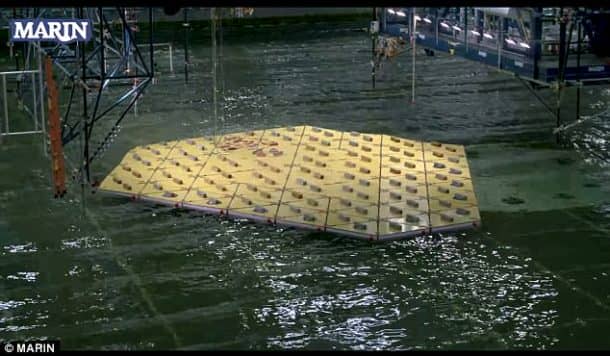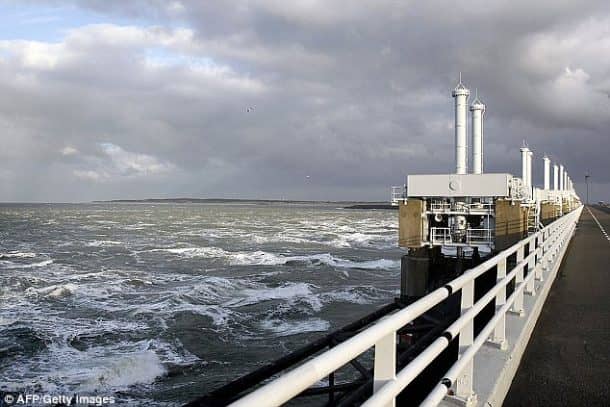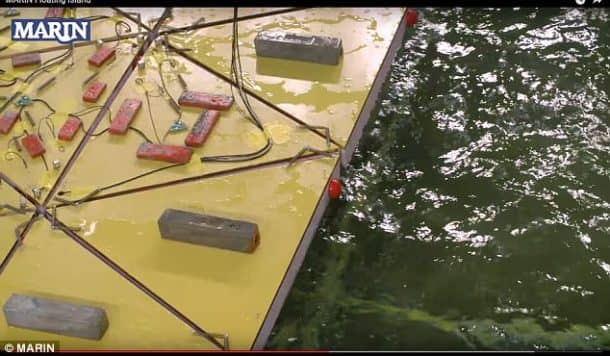The Netherlands, a low-lying country mainly famous for its intricate network of dikes and canals, is now looking to use concrete and steel to create a floating island out of 87 different sized triangles. The island would stretch 1.5 to 2 kilometers and cover an area of 3 square kilometers. The country has always been squeezed for space, so this idea is being called the ‘Space at Sea’ project. The project is a brainchild of Olaf Waals from the Maritime Research Institute of the Netherlands (MARIN). Olaf talked to AFP and said,
‘Some cities are starting to look into floating solutions, like a floating park on the river for example, where they want to have an area for recreation close by the city center,’

The researchers claim that their floating islands would increase living and working space for people.
‘In these times of rising sea levels, over-populated cities and a rising number of activities on the seas, building up the dikes and pumping out the sands is perhaps not the most efficient solution,’ said Waals, referring to common methods to reclaim land.
‘Floating ports and cities are an innovative solution which reflect the Dutch maritime tradition.’

The concept for the ‘Space at Sea‘ project was revealed using a wood and polystyrene model measuring 6×8 meters in a huge water tank with simulated winds, waves, and storms. The presentation has spurred discussions with the local authority about a crowded Haarlemmermeer, and the Lelystad Airport.
The ‘Space at Sea‘ project is in its early stages and would require islands to be anchored to the seabed and moored to the shore. Further tests are required to find out how they will stand against bad weather conditions while remaining self-sufficient in energy and resources, along with the project’s effect on marine life and the environment.

The ‘Space at Sea‘ project is under construction in collaboration with many other countries and has already got 1.6 million euros ($1.8 million) as European subsidies to perform different feasibility studies
‘Technically it could be feasible in 10 to 20 years from today,’ Waals said.
Sounds like an interesting plan. Share your views about this idea in the comment section below.


